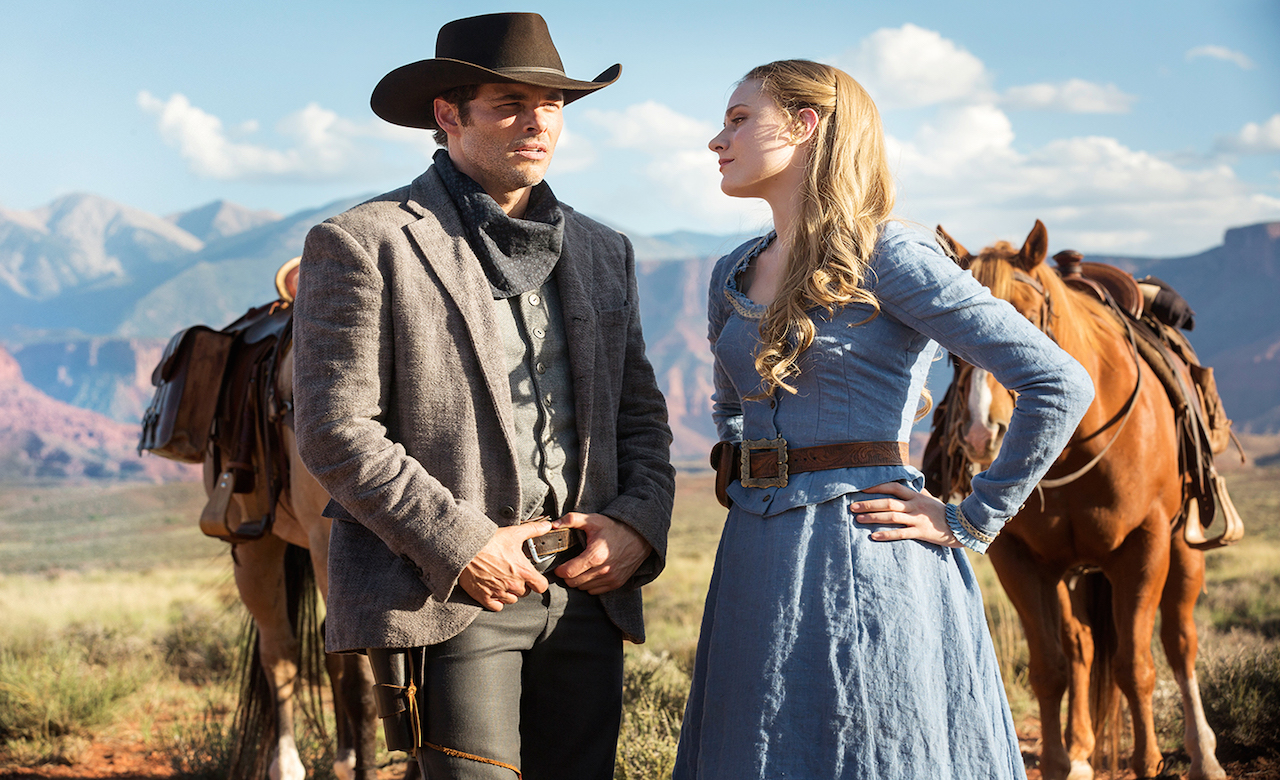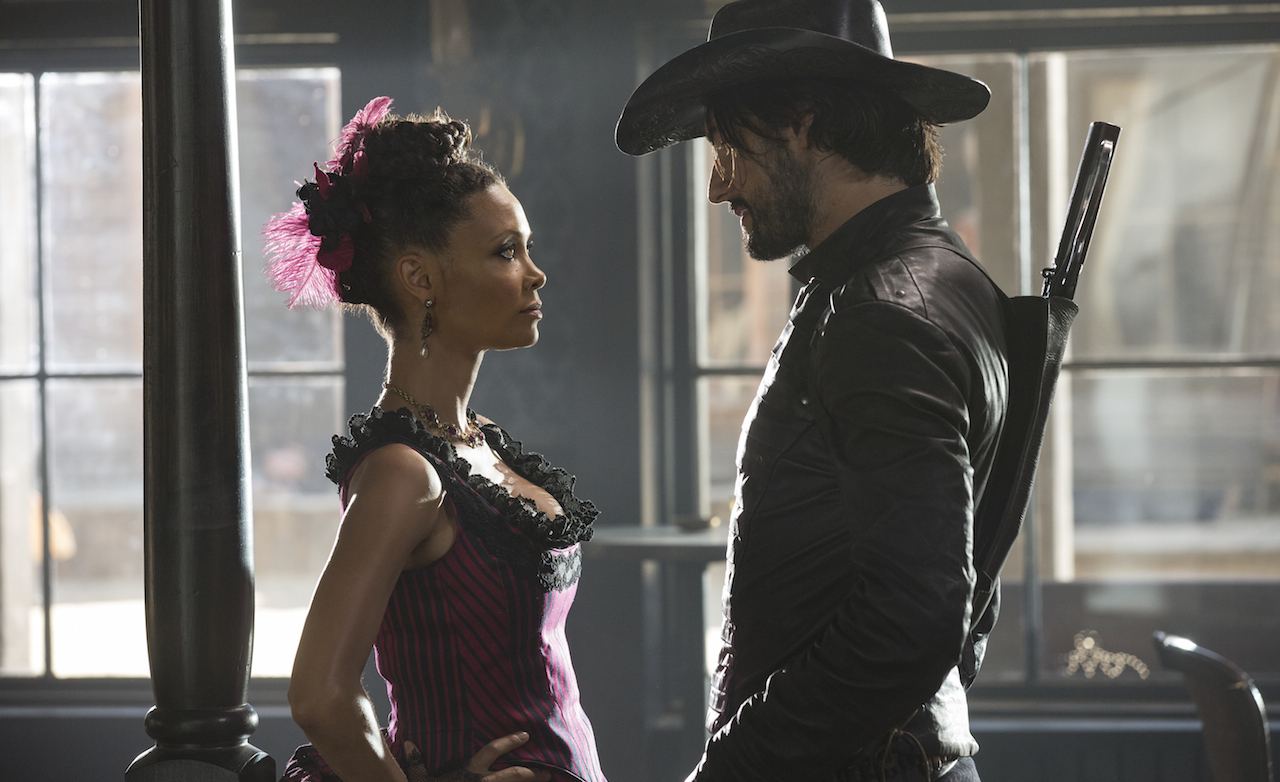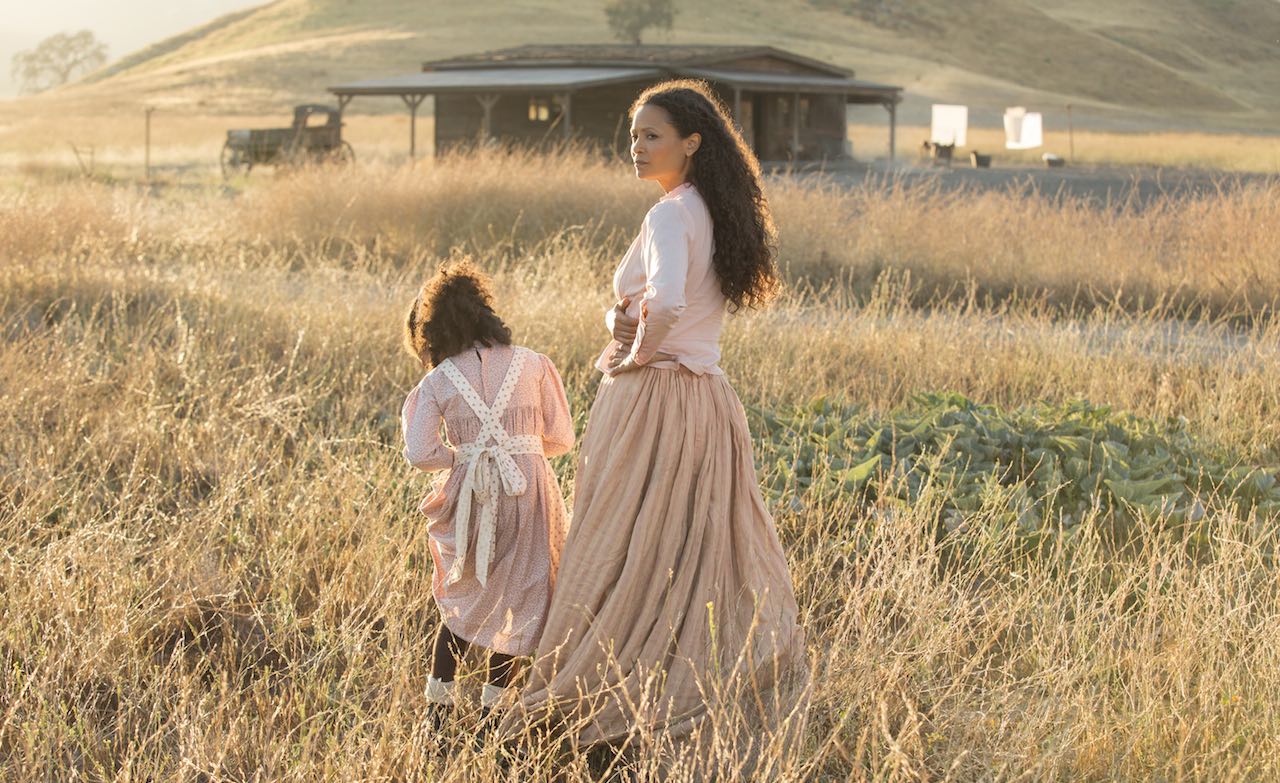Five Things You Probably Didn't Know About Westworld
When something like this comes along, you need to dig deeper.
The second episode of the Monday night event that is Westworld aired on NEON and SoHo on SKY this week. And what can we say, we are hooked and are now at that point where we must know everything about this next-level television series.
For those of you who haven't watched it as of yet, please stop reading this – you need to spend some serious time contemplating your life choices that have led you to this point. Alternatively, adjust your Watchlist or Sky planner accordingly and then by all means, continue reading.
Now, to tide you all over until next week's dose of androids-gone-rogue, here are five little things you probably didn't know about your new TV addiction. ![]()

The pilot episode was shot on film
Show-runner Jonathon Nolan chose to follow family trends for the pilot and shoot the episode on 35mm film, rather than in the modern digital format. His filmmaker brother, Christopher Nolan (Memento, Inception), is a well-known advocate for shooting on film, and was no doubt an influence on the decision. However, opting for the old school approach was primarily a stylistic choice for the show's producer, co-writer and episode director. It seems to have paid off too. The 90-minute pilot episode had a beautifully cinematic feel, with film bringing more dimension to the aesthetics of the images of the show's world.![]()

The actors had a little help in looking robotic
Digital effects were added to actors' performances in post-production to enhance their robotic movements – not a lot, just the occasional tweak. The show's VFX supervisor praises the cast's ability to refrain from blinking for long periods, but says there was work done behind the scenes too. The jerky, mechanical movements of Old Bill – seen in the pilot having a drink with the park's creative director Dr Ford (Anthony Hopkins) – were achieved with input from the VFX team. By layering multiple effects, the team were able to give Michael Wincott's performance as one of the park's original "hosts" a more authentically automated look. Similarly, Sheriff Reed (Josh Clark) and Peter Abernathy's (Louis Herthum) characters had some special treatment from the special effects department. For a show that explores the reverse situation – that of artificial intelligence becoming more like their human creators – use of VFX in this way seems really quite apt.![]()

Thandie Newton chose her character
The actress was originally offered the part of brothel madam Maeve Millay, or another of the show's female roles – which one exactly she won't say. As an outspoken activist for women's rights and a victim of sexual abuse, it may come as a surprise that Newton chose the character of the madam. But she saw it as a way of being a visible and active part of the conversation around women's control over their bodies – or at times the lack thereof. She went into the role unfazed by the amount of nudity that would be involved, as after 25 years of working in the industry Newton finally feels she has complete autonomy over her body. She is a welcome figure onscreen in a show that deals with themes such as sexual violence, and the fight both she and her character have in them is admirable.![]()

The real Westworld is in Southern California...mostly
TV and film sets are fascinating. They are an immersive world, with every detail down to the light fittings in an on-screen room carefully planned out. The world of Westworld was shot predominantly at Melody Ranch Studio in the Santa Clarita Valley of Southern California. For fans of westerns, this will not be their first visit to the ranch. The show's set has previously played host to another of HBO's shows, Deadwood, along with Quentin Tarantino's film Django Unchained and The Magnificent Seven. Production designers Nathan Crowley (Interstellar) and Zack Grobler revived the already existing sets to give them a luxury twang, since park's guests do pay a small fortune to visit. As for the show's greener surroundings, the forests of Utah star as the backdrop to the dusty streets of Sweetwater. In true television smoke-and-mirror-fashion, green screens were rigged in front of the studio's carparks and allowed the almost 700km apart locations to be brought together in post-production.![]()

The show has a generous budget
Here in little old Isle of Sheep we produce television dramas on budgets tighter than jam jar lids. But that's just not how HBO roll. If you appreciated the high production values in Westworld's 90-minute pilot, you can thank the casual $25 million that could be put into that one episode. The following nine episodes of the series cost between $8 and $10 million each and, all up, Series One of HBO's new sci-fi-Western drama cost $100 million to produce. In comparison, the most a New Zealand drama has been awarded in funding in the past year was the $7 million Filthy Rich Season 2 was given. To be spent across the whole season. With the generous budget the show was able to bring together a team of highly regarded producers and cast – including the esteemed J.J. Abrams and Jonathon Nolan.![]()
This post was sponsored by NEON and SoHo on SKY.






